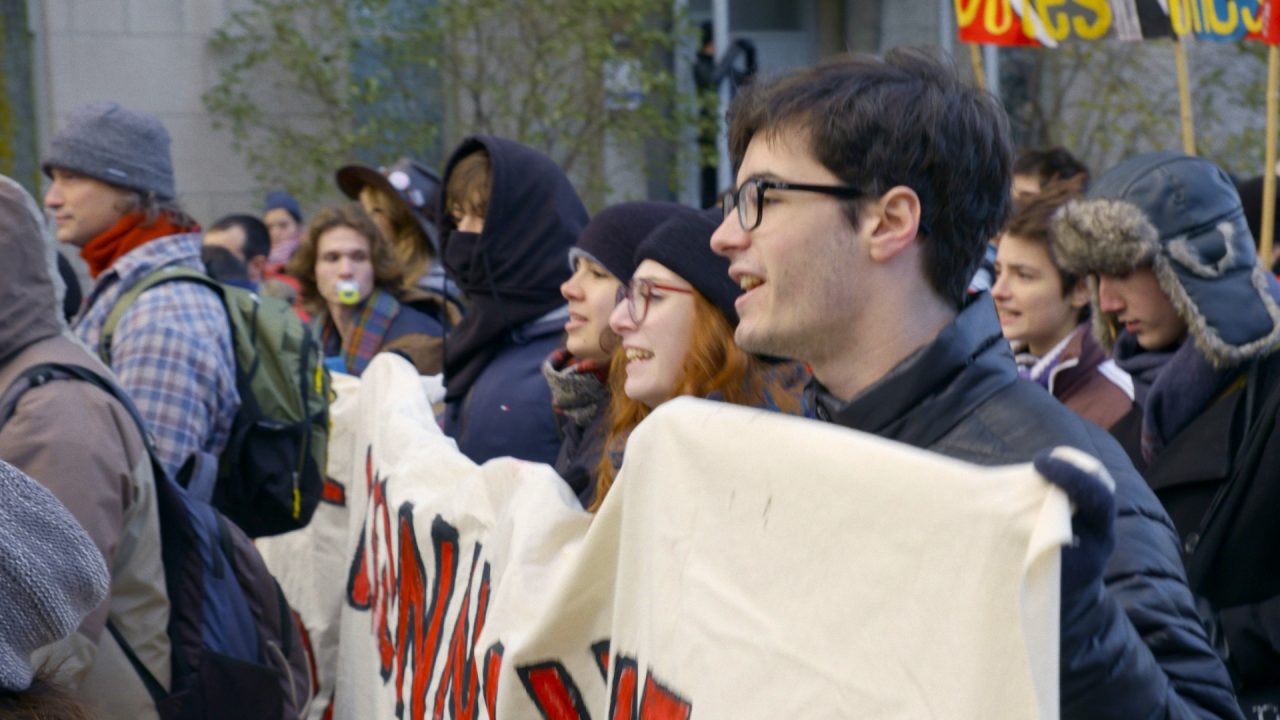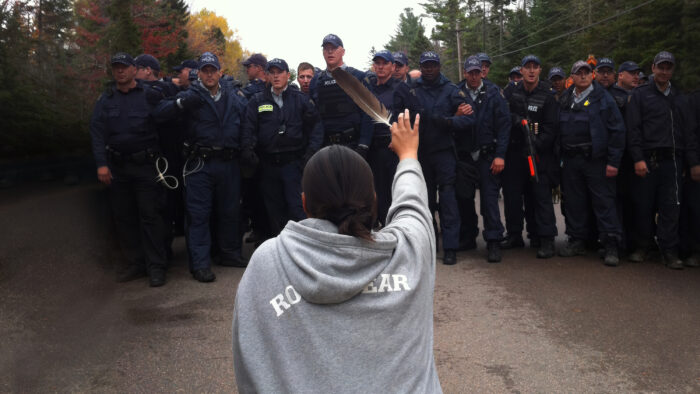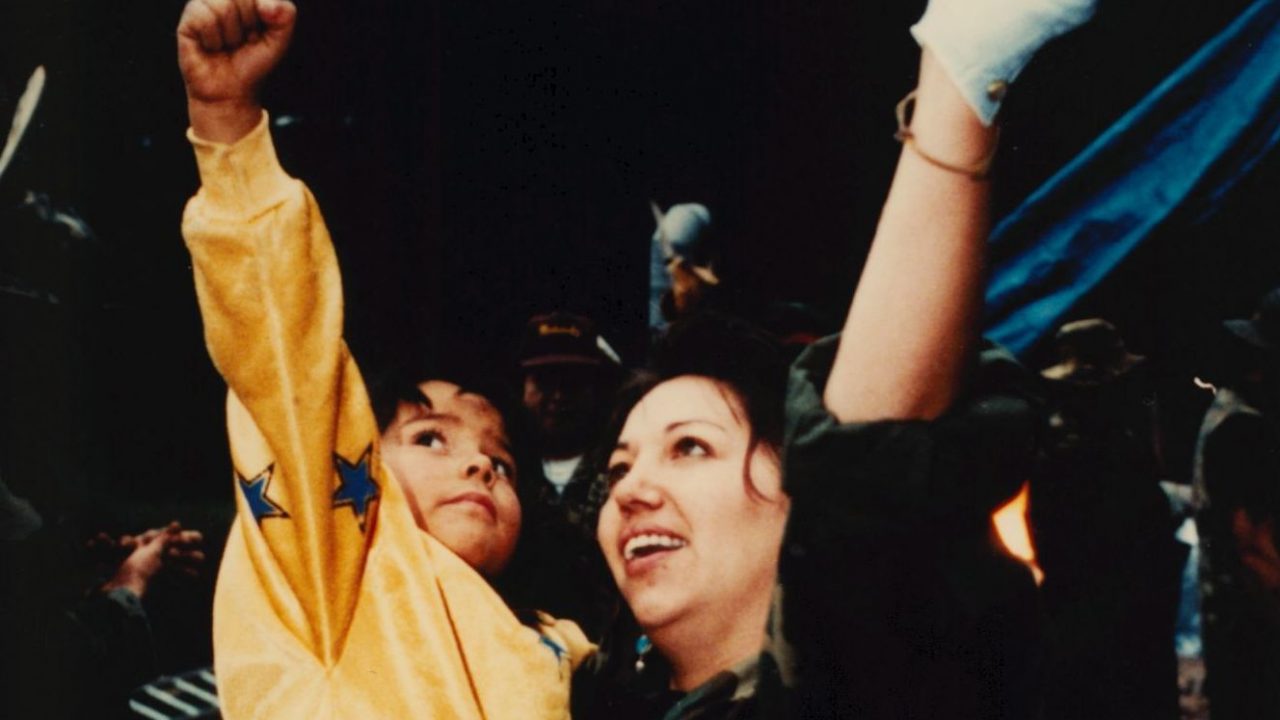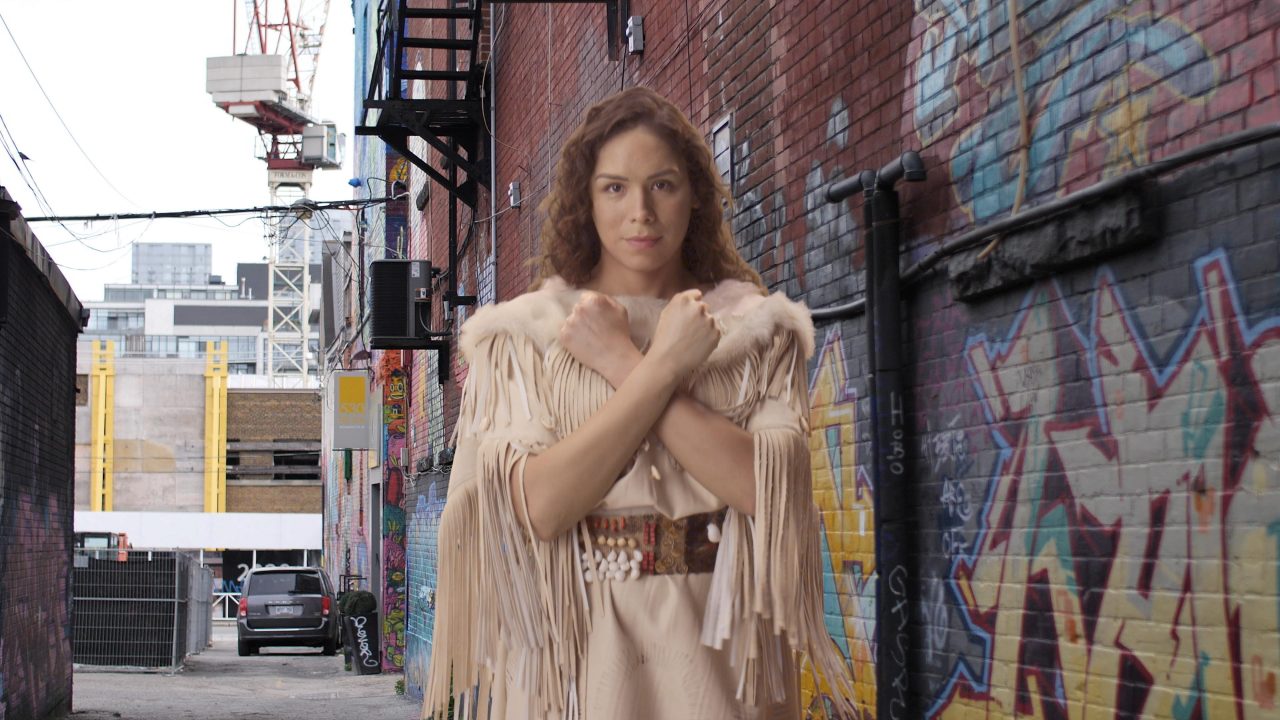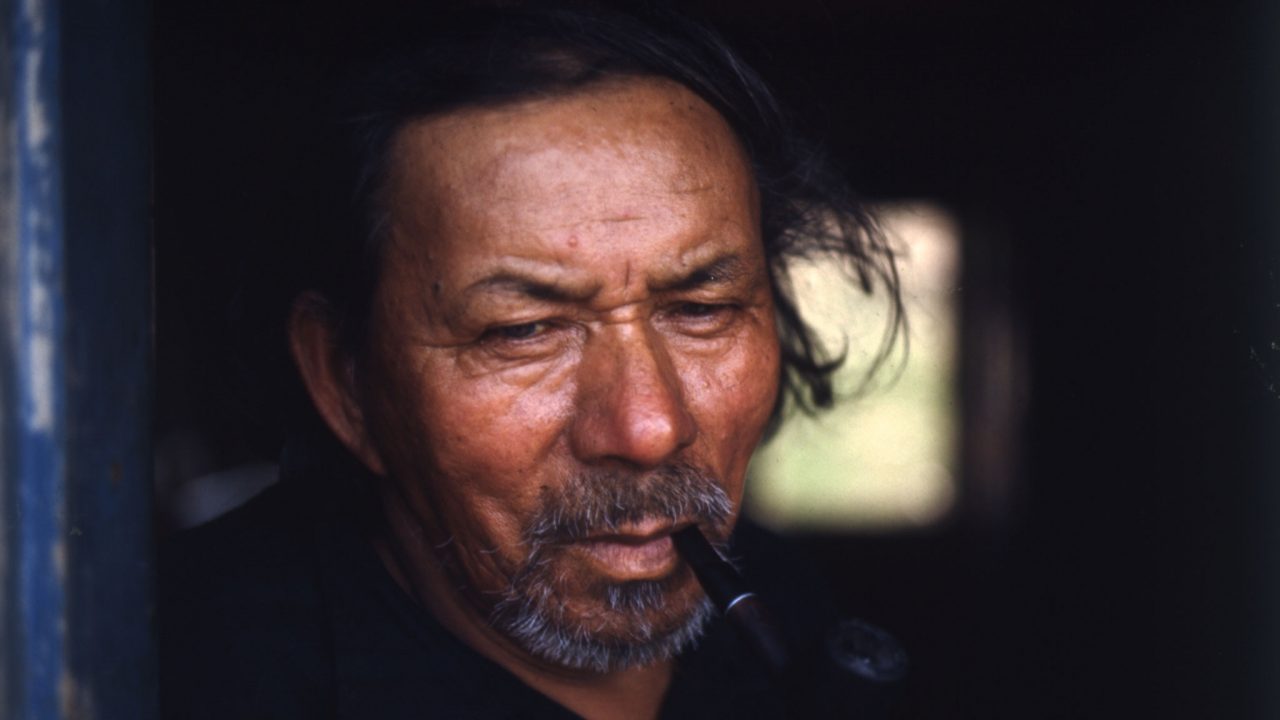
Celebrate the International Year of Indigenous Languages
Celebrate the International Year of Indigenous Languages
The United Nations Educational, Scientific, and Cultural Organization (UNESCO) has declared 2019 the International Year of Indigenous Languages (IY2019) —“in order to raise awareness of them, not only to benefit the people that speak these languages, but also for others to appreciate the important contribution they make to our world’s rich cultural diversity” (UNESCO IYIL2019 website).
In Canada alone, approximately 230,000 Indigenous people currently speak one or more of the 60 dialects within the 12 linguistic families; most of these languages have been listed by UNESCO as either vulnerable or endangered, some critically—including several dialects of Inuktitut, which became the official language of the Northwest Territories, Labrador, and the territories now known as Nunavut in 1984. Not only does language play an important role in identity, knowledge, and culture, it also plays a critical role in passing on cultural knowledge and traditions.
In 2015, the Final Report of the Truth and Reconciliation Commission drew attention to the ways in which Indigenous languages had been threatened by the genocidal actions of the residential school system. The TRC also created “94 Calls to Action” to address the legacy of the Residential School system including the loss of languages.
The National Film Board of Canada is committed to contributing to the preservation and revitalization of Indigenous languages through the creation and re-release of Indigenous-language versions of select films from our Indigenous collection. The films in this playlist are offered in several Indigenous languages: Inuktitut, Nakota (Assiniboine), Kanien’ké:ha (Mohawk), Cree, and Atikamekw. They are also available in English. We hope these films will be a useful tool for teachers and language learners.
Join us in celebrating Indigenous languages with this rich playlist of NFB films!
Kanehsatake 270 Years of Resistance (Mohawk Version)
In July 1990, a dispute over a proposed golf course to be built on Kanien’kéhaka (Mohawk) lands in Oka, Quebec, set the stage for a historic confrontation that would grab international headlines and sear itself into the Canadian consciousness. Director Alanis Obomsawin—at times with a small crew, at times alone—spent 78 days behind Kanien’kéhaka lines filming the armed standoff between protestors, the Quebec police and the Canadian army.
Kanehsatake 270 Years of Resistance (Mohawk Version), Alanis Obomsawin, provided by the National Film Board of Canada
History of Manawan – Part One – Atisokan nte Manawanik nistam kenokok (Atikamekw Version)
An account of how settler civilization has invaded Indigenous peoples’ lives, governed their hunting, trapping, and fishing, confined them to reserves, and made it difficult to pursue traditional ways of life. César Néwashish recounts how his grandfather Louis Néwashish founded Manawan.
History of Manawan – Part One – Atisokan nte Manawanik nistam kenokok (Atikamekw Version), Alanis Obomsawin, provided by the National Film Board of Canada
History of Manawan – Part Two – Atisokan nte Manawanik minowach kenokok (Atikamekw Version)
The film discusses the repression of Indigenous knowledge, independence and dignity, with the advent of the white society.
History of Manawan – Part Two – Atisokan nte Manawanik minowach kenokok (Atikamekw Version), Alanis Obomsawin, provided by the National Film Board of Canada
Qimmit: A Clash of Two Truths (Inuktitut Version)
This feature documentary offers an overview of the changes experienced by the Inuit from 1950-1970 with their loss of sled dogs and semi-nomadic lifestyle. A controversial issue at the time, many Inuit still believe that their dogs were deliberately killed by the RCMP as part of government policy to force them off the land and into “civilization.”
Qimmit: A Clash of Two Truths (Inuktitut Version), Ole Gjerstad & Joelie Sanguya, provided by the National Film Board of Canada
The People of the Kattawapiskak River – Katawapiskak Sipiwi Ininiwak (Cree Version)
The people of the Attawapiskat First Nation, a Cree community in northern Ontario, were thrust into the national spotlight in 2012 when the impoverished living conditions on their reserve became an issue of national debate.
The People of the Kattawapiskak River – Katawapiskak Sipiwi Ininiwak (Cree Version), Alanis Obomsawin, provided by the National Film Board of Canada
Nowhere Land (Inuktitut Version)
This short documentary is a quiet elegy for the ancestral Inuit way of life, which exists now only in the memories of those who experienced it. Bonnie Ammaaq and her family remember it vividly.
Nowhere Land (Inuktitut Version), Rosie Bonnie Ammaaq, provided by the National Film Board of Canada
Breaths (Inuktitut Version)
In this evocative short, Inuit singer-songwriter and humanitarian Susan Aglukark weaves together stories of artistry, family, and belonging as she explores the complex cultural shifts of the last 50 years of Inuit life.
Breaths (Inuktitut Version), Nyla Innuksuk, provided by the National Film Board of Canada
Three Thousand (Inuktitut Version)
In this short film, Inuk artist Asinnajaq plunges us into a sublime imaginary universe—14 minutes of luminescent, archive-inspired cinema that recast the present, past and future of her people in a radiant new light.
Three Thousand (Inuktitut Version), Asinnajaq, provided by the National Film Board of Canada
To Wake Up the Nakota Language (Nakota Version)
“When you don’t know your language or your culture, you don’t know who you are,” says 69-year-old Armand McArthur, one of the last fluent Nakota speakers in Pheasant Rump First Nation, Treaty 4 territory, in southern Saskatchewan. Through the wisdom of his words, Armand is committed to revitalizing his language and culture for his community and future generations.
To Wake Up the Nakota Language (Nakota Version), Louise BigEagle, provided by the National Film Board of Canada
L’il’wat First Nation Series
Alanis Obomsawin visited the people of the L’il’wat First Nation and provided them with an opportunity to record their personal narratives about their culture, history, education, and the impact of residential schools.
Xúsum (Salish Version)
Xúsum (Salish Version), Alanis Obomsawin, provided by the National Film Board of Canada
Farming – Lep’cál (Salish Version)
Farming – Lep’cál (Salish Version), Alanis Obomsawin, provided by the National Film Board of Canada
Mount Currie Summer Camp – Pipántsek swa7 Its7a l’íl’wata (Salish Version)
Mount Currie Summer Camp – Pipántsek swa7 Its7a l’íl’wata (Salish Version), Alanis Obomsawin, provided by the National Film Board of Canada
Puberty Part 1 – Kwaozán’tsut ti pál7a 1 (Salish Version)
Puberty Part 1 – Kwaozán’tsut ti pál7a 1 (Salish Version), Alanis Obomsawin, provided by the National Film Board of Canada
Puberty Part 2 – Kwaozán’tsut ti án’wasa 2 (Salish Version)
Puberty Part 2 – Kwaozán’tsut ti án’wasa 2 (Salish Version), Alanis Obomsawin, provided by the National Film Board of Canada
Basket – Lhk’wál’us (Salish Version)
Basket – Lhk’wál’us (Salish Version), Alanis Obomsawin, provided by the National Film Board of Canada
Salmon – Tsúqwaoz’ (Salish Version)
Salmon – Tsúqwaoz’ (Salish Version), Alanis Obomsawin, provided by the National Film Board of Canada
Pour lire cet article en français, cliquez ici.
Discover more Educational blog posts | Watch educational films on NFB Education | Subscribe to the NFB Education Newsletter | Follow NFB Education on Facebook | Follow NFB Education on Twitter | Follow NFB Education on Pinterest
